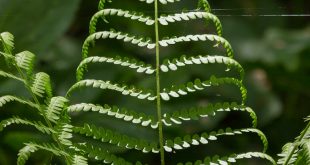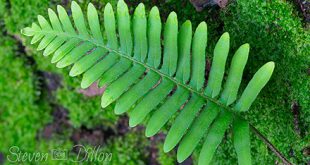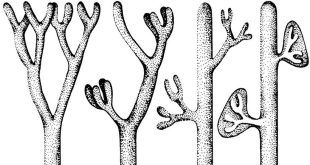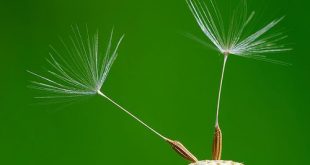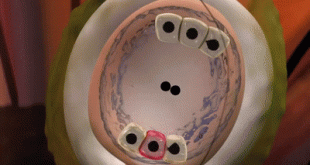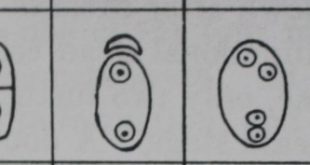The term Pteridophyta was first coined by Haeckel. Eichler (1883) divided the plant kingdom into Cryptogamia and Phanerogamia. The Cryptogamia was further divided into Thallophyta. Bryophyta and Pteridophyta. Engler (1909) included the Bryophyta and Pteridophyta under Embryophyta. Due to discovery of the fossil plants, the classification of Pteridophytes has undergone …
Read More »TimeLine Layout
January, 2020
-
12 January
Pteridophytes: Origin and Evolution
They are the earliest known vascular plants that originated in the Silurian period (400 million years ago) of the Palaeozoic Era and subsequently diversified and formed the dominant vegetation on earth during Devonian to Permian period. There are controversies regarding their origin and evolution. There are two broad theories about …
Read More » -
12 January
Evolution of Plants: Telome Theory
Telome theory was proposed by Walter Zimmerman (1952, 1965). This theory is based on fossil records and explains the major steps in the evolution of vascular plants. According to this theory, all vascular plants have evolved from simple, leaf-less, root-less and dichotomously branched sterile and fertile axes called telomes which …
Read More » -
11 January
Identification Of Ascomycetes: The Sac Fungi
In the kingdom Fungi, there are two major phyla- Ascomycota and Basidiomycota. These two together form a subkingdom of fungi named as Dikarya. They together were named such as members of both phyla maintain most part of their life cycle in dikaryotic stage meaning each cell contains two genetically different …
Read More » -
11 January
Experimental Embryology: Bringing Embryology Under Human Control
Modern embryology seems to comprise three main disciplines. The first, or descriptive embryology, is a study of the various developmental processes that take place in a plant from the initiation of the sex organs to the maturation of the embryo. The second, or phylogenetic embryology, attempts to evaluate these data …
Read More » -
10 January
Polyembryony: Multiple Embryos in a Seed
The phenomenon of polyembryony, i.e., the occurrence of more than one embryo in a seed, has attracted much attention ever since its initial discovery in the orange (Citrus sinensis) by Leeuwenhoek (1719). Ernst (1918) and Schnarf (1929), who have reviewed the older literature, classify it into two types—”true” and “false”—depending …
Read More » -
10 January
Apomixis: A Subistitution for Sexual Reproduction
Apomixis maybe defined (Winkler, 1908, 1934) as the substitution for sexual reproduction (amphimixis) of an asexual process which does not involve any nuclear fusion. For the sake of convenience it may be subdivided into four classes. Non-recurrent apomixis Recurrent apomixis Adventive embryony Vegetative propagation Non-recurrent apomixis In the first, or …
Read More » -
7 January
Steps of Fertilization
Fertilization is the union of male and female gametes to produce a zygote. There are several steps of fertilization. They are described below. Germination of Pollen. The course of the pollen tube. Entry of pollen tube into the ovule. Entry of pollen tube into the embryo sac. Gametic fusion. Germination …
Read More » -
7 January
Female Gametophyte: The Embryo Sac with Its Types
The angiosperm female gametophyte is critical for plant reproduction. It contains the egg cell and central cell that become fertilized and gives rise to the embryo and endosperm of the seed, respectively. Female gametophyte development begins early in ovule development with the formation of a diploid megaspore mother cell that …
Read More » -
7 January
Nemec Phenomenon: Embryo Sac Like Pollen Grain
In 1898, Nemec noted that in the petaloid anthers of Hyacinthus orientalis, the pollen grains sometimes form large eight-nucleate structures showing a surprising resemblance to embryo sacs. He believed that they arose as the result of a degeneration of the generative nucleus and three divisions of the vegetative nucleus of …
Read More »
 Plantlet The Blogging Platform of Department of Botany, University of Dhaka
Plantlet The Blogging Platform of Department of Botany, University of Dhaka
